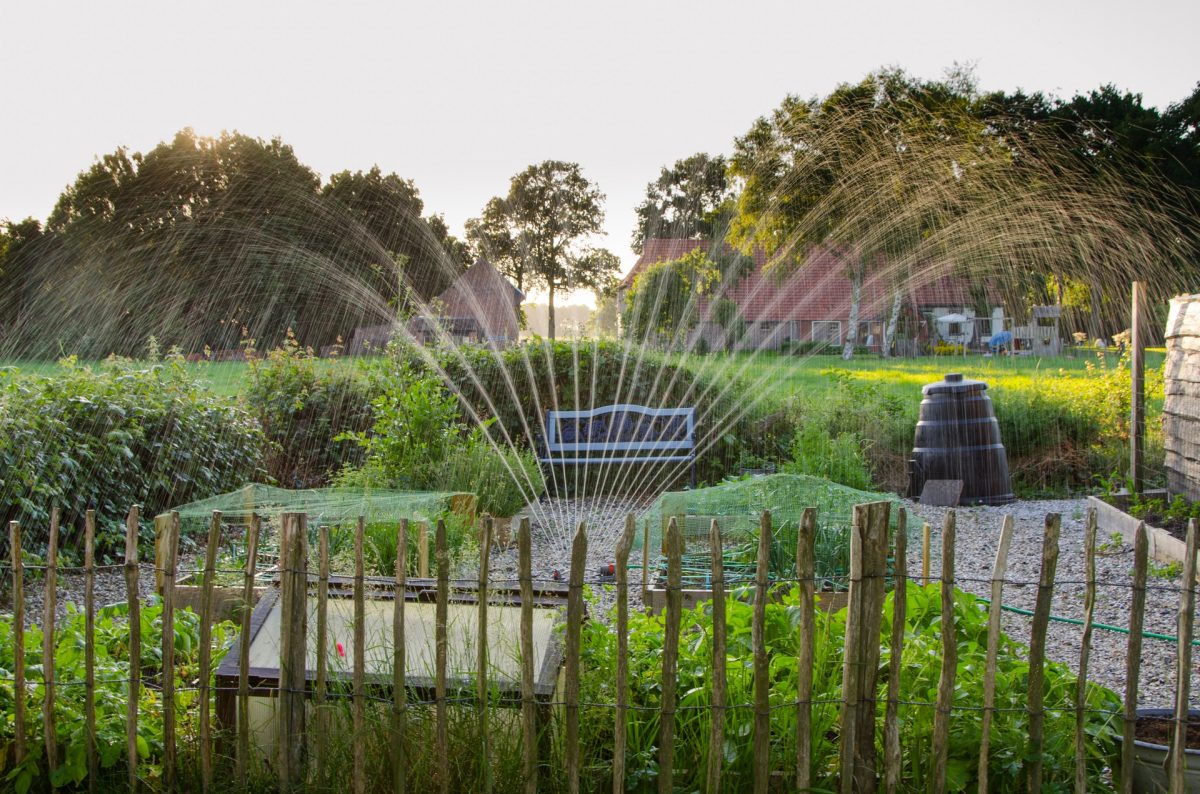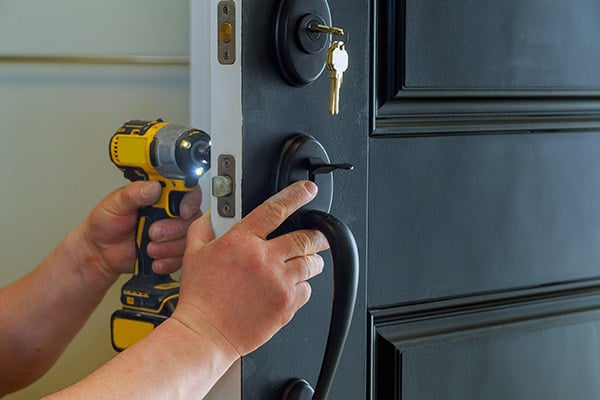Yubo aims to make the transition to a new school year less daunting by providing a space for students to connect based on shared interests and experiences.
Generation Z is turning to Yubo for a head start on campus life as the school year approaches. The live social discovery app has quickly become the go-to solution for students eager to break down social barriers. It’s like having a virtual campus tour and mixer rolled into one before classes even begin.
The first day of school jitters are universal. Whether a freshman or a returning student, the Paris-based Yubo app offers a digital space to meet peers, join interest groups, and make friends, all from the comfort of your home. Gone are the days of awkwardly introducing yourself to strangers in the hallway or hoping you’ll click with your randomly assigned roommate.
Yubo CEO Sacha Lazimi explained the concept on the “Big Technology Podcast”: “[There] has always been a primary need to socialize with other people in real life. Now, it’s also a primary need to socialize online very safely. And this is our mission at the company.”
Gen Z uses the app’s livestreaming feature to host or join discussions about school-centric topics, such as sharing tips on preparing for the first day or discussing new trends. For students, this could mean joining a group chat for incoming classmates where you can discuss everything from class schedules to extracurricular activities. College-bound users might find livestreams hosted by current students at their future universities, offering insider tips on campus life.
Explore Campus Before You Arrive
One of the most daunting aspects of starting college is the sheer size of many campuses. Yubo offers a solution for this, too. College students can use the app to explore their new school virtually and connect with classmates before ever stepping foot on campus.
Imagine joining a livestream tour of your future dorm building hosted by a current resident and participating in a group chat about the best study spots on campus led by upper-level students who’ve been there and done that. This kind of insider knowledge can help ease the transition and make you feel more at home from day one.
The app’s location-based features allow you to find and connect with other users who will be attending your school. You could meet future study partners or best friends before orientation.
Support for International Students
The challenges of starting school are amplified for international students or those preparing for a study-abroad experience. Not only are you navigating a new educational system, but you’re also adjusting to a different culture and potentially a new language.
Yubo provides a valuable tool for these students. The app’s global user base means you can connect with people from your destination country before you arrive. This could help with language practice, cultural understanding, and practical advice about living in your new home.
Students studying abroad can use the app to meet other international students who will be at their host university. This can lead to a built-in support system for people who understand the unique challenges of studying in a foreign country.
How Yubo Works
Yubo represents a shift in how Gen Z approaches online social interaction. While traditional social media platforms often focus on showcasing curated versions of users’ lives, Yubo emphasizes real-time, interest-driven connections. The platform’s recent rebranding in 2024, with its new tagline “Chat. Stream. Vibe,” further emphasizes this focus on genuine interaction. The updated design and features aim to provide a more sophisticated and inclusive environment for its maturing user base.
At its core, the live social discovery app is designed to facilitate real-time interactions by using a swiping feature to help users find potential friends. Unlike dating apps, however, the focus is purely on platonic connections. When you swipe right on someone, and they swipe right on you, it’s a match, and you can start chatting.
Sacha Lazimi said, “People are coming on our platform just to have conversation.”
The app also offers various live challenges and games within video chats, which can serve as icebreakers and conversation starters. These features are particularly useful for students looking to overcome social anxiety and make new connections in a low-pressure environment.
Safety On Yubo
Yubo’s robust safety measures include age verification processes, 24/7 moderation, and artificial intelligence-powered tools to detect and prevent the sharing of personal information. For example, the platform intervenes with a warning if a user attempts to share sensitive information like a phone number. The app alerts users about the potential dangers of sharing personal data and prompts them to reconsider before proceeding. This proactive approach aims to protect users from the potential risks associated with oversharing personal information online.
”We take seriously our responsibility to make Yubo as safe as possible, and we have put safety at the core of every decision since our launch to fulfill that responsibility,” Lazimi stated.
He continued, “As a leading social platform for teens and young adults, we are committed to prioritizing the safety of our users. As such, Yubo is guided by a safety advisory board of respected thought leaders from organizations such as the National Center for Missing and Exploited Children (NCMEC) and Thorn, as well as partner organizations in government, law enforcement, [nongovernmental organizations], and charities. We are thankful for their support as we continue to develop and improve the Yubo platform for our users.”
Yubo isn’t just a space to meet new people. It’s a comprehensive tool that equips students with the social confidence and insider knowledge they need to thrive from day one. By fostering real-time, interest-driven connections and offering unique features tailored to student life, the live social discovery app transforms what can often be an overwhelming experience into one of excitement and opportunity. As Gen Z prepares to embark on new academic journeys, Yubo offers them a supportive, engaging community.



